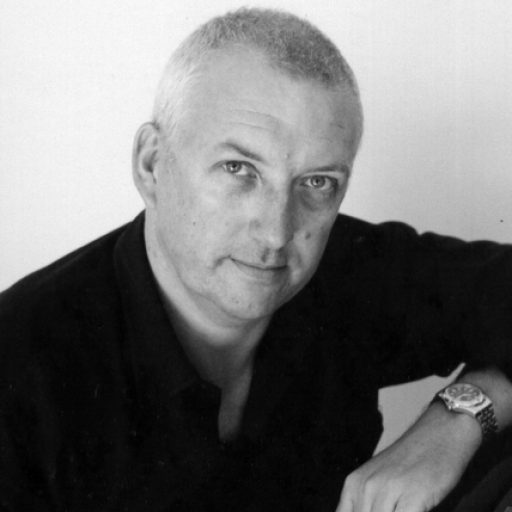 Perhaps there are no other piano sonatas than these which have attracted such wide difference in interpretation. These sonatas written (1821-22) at a time when Beethoven was very ill and deafness had overtaken his life. He was also greatly obsessed with devotion to his nephew, Karl.
Perhaps there are no other piano sonatas than these which have attracted such wide difference in interpretation. These sonatas written (1821-22) at a time when Beethoven was very ill and deafness had overtaken his life. He was also greatly obsessed with devotion to his nephew, Karl.
Beethoven triumphs with these lasting testaments to the human spirit and the tragedy of life which is also defied with great joy and humour at times.
Melbourne based pianist, Ian Holtham is one the this country’s foremost master pianists, having performed throughout the world. During his early training, Holtham was based in Europe and studied under such luminaries as Geoffrey Parsons, Enrique Barenboim, Geza Anda and Peter Feuchtwanger.
It has been rare for Australian pianists to take on the ouvre of late Beethoven works such as this (afterall, there are numerous international recordings already), but Holtham brings to this recording a maturity of style, emotional depth and clarity of touch that will stand out with confidence as a recording of enormous insight and dramatic power.
He conveys through his playing the impact of the composer’s powerful and personal statements. The tenderness of the opening movements of Op 109 and110 belie what is about to come, as they launch out into displays of artistic and structural originality. The third movement of Op 109 being a set of variations whilst that of Op 110 is fugal growing out of a beautiful arioso.
The madness and genius of the Op 111 (first movement) is quite breath-taking, full of anxiousness and pumping adrenalin. Finally, the second and last movement (a set of variations) is so filled with despair and closure, one can hear the sobbing in every note. These final piano works of Beethoven is music of utter genius, recorded here by a man of outstanding understanding.
The three Steinway Model D grand pianos used on this disc are located at Melba Hall and have been named after pianists (Farren-Price, Holtham and Jost) who have had a particularly strong association with the Faculty of Music at the University of Melbourne. It is the first time the three instruments have been heard as solo instruments on the one recording.
